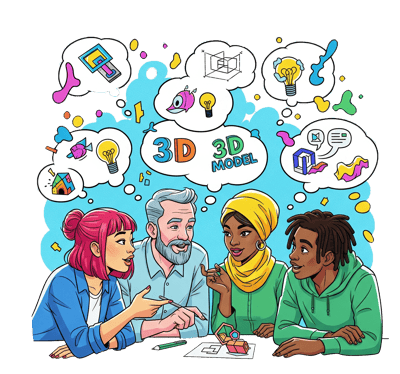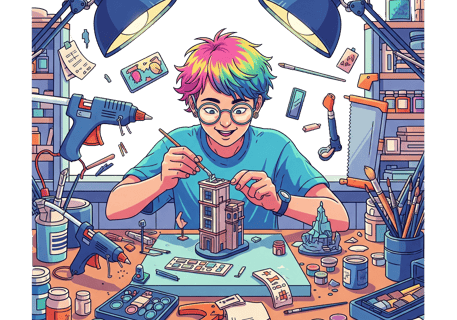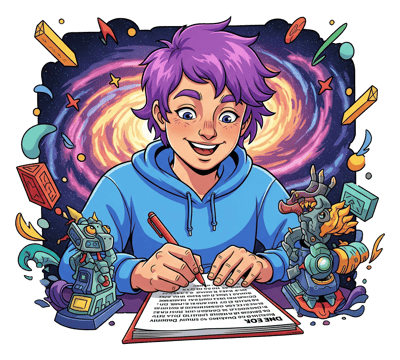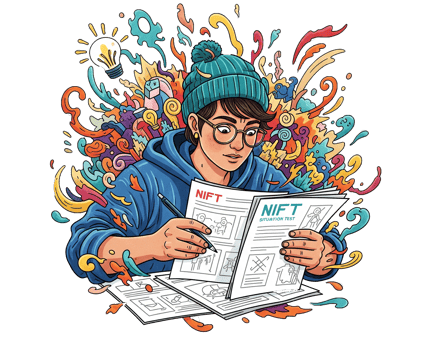
SITUATION TEST
From fragments and challenge, transform possibility into tangibility. Here, your hands tell the story of your ingenuity
What is the NIFT Situation Test?
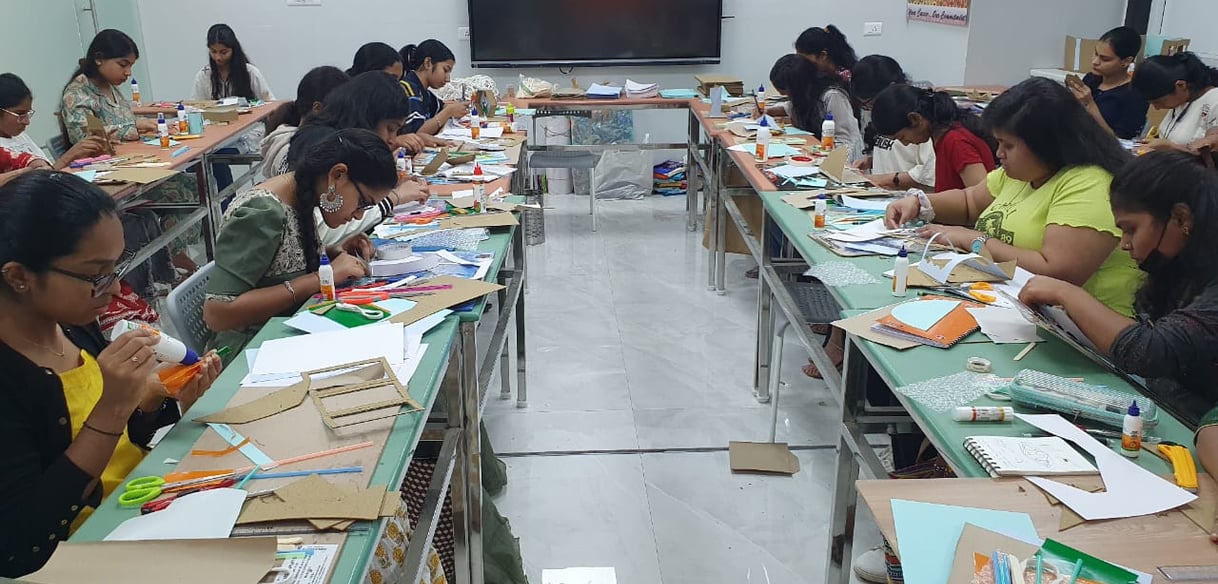

The NIFT Situation Test is a 2-hour, hands-on practical exam for B.Des aspirants, requiring them to create a 3D model from provided materials based on a given theme and submit a short written explanation of their concept, assessing creativity, material handling, and execution under pressure.
Content Areas & Skills Tested in Situation Test
The examiners assess your model and write-up based on several criteri
Efficient and creative utilization of ALL (or most) provided materials.
Demonstrating an understanding of material properties.
Innovative ways of manipulating and combining materials.
Material Handling & Innovation
3D Visualization & Construction Skills
Conceptualization & Creativity
Uniqueness and originality of your idea.
How well your concept addresses the given theme/problem statement.
Innovation in thought and design.
Overall visual appeal of the model.
Neatness and finesse in execution (clean cuts, neat gluing, tidy finish).
Effective use of color schemes (if applicable with provided materials).
Composition of elements within the model.
Aesthetic Appeal & Presentation
Ability to translate a 2D idea into a stable and well-formed 3D model.
Understanding of proportion and structure.
Sturdiness and balance of the model.
Concept Explanation (Write-up)
Clarity and conciseness of your written explanation.
Justification of your design choices and material usage.
Ability to articulate your thought process effectively.
Relevance & Functionality
How well the model relates to the given theme.
If applicable, how functional or practical the design is.

How to Prepare for the NIFT Situation Test
Admission to NID's highly coveted programs is a rigorous, two-stage process: the Design Aptitude Test (DAT) Prelims and DAT Mains.
Practice Model Making
Work with a variety of materials at home (paper, cardboard, clay, wire, fabric scraps). Practice cutting, folding, gluing, bending, and joining techniques neatly. Experiment with creating both 2D and 3D forms. Focus on stability and clean finishing.
Time Management
The 2-hour limit is strict. Practice completing models within this timeframe. Allocate time: ~15-20 minutes for brainstorming & sketching, ~90 minutes for construction, ~10-15 minutes for finishing and writing the explanation.
Practice brainstorming ideas quickly for diverse themes. Analyze objects around you and think about how they could be recreated or reinterpreted using limited materials. Develop the skill of translating abstract ideas into concrete forms.
Conceptual Thinking
For every model you practice, write a concise and clear concept note. Explain your inspiration, material choices, and how your model addresses the theme. Focus on simple language, good grammar, and logical flow.
Research past NIFT Situation Test questions to understand common themes (e.g., sustainability, futuristic concepts, products, installations, social issues, characters). This gives you an idea of the breadth of possible topics.
While inspiration is good, avoid directly copying existing designs. Examiners look for your unique perspective.
Practice Model Making
Analyze Past Themes
Focus on Originality
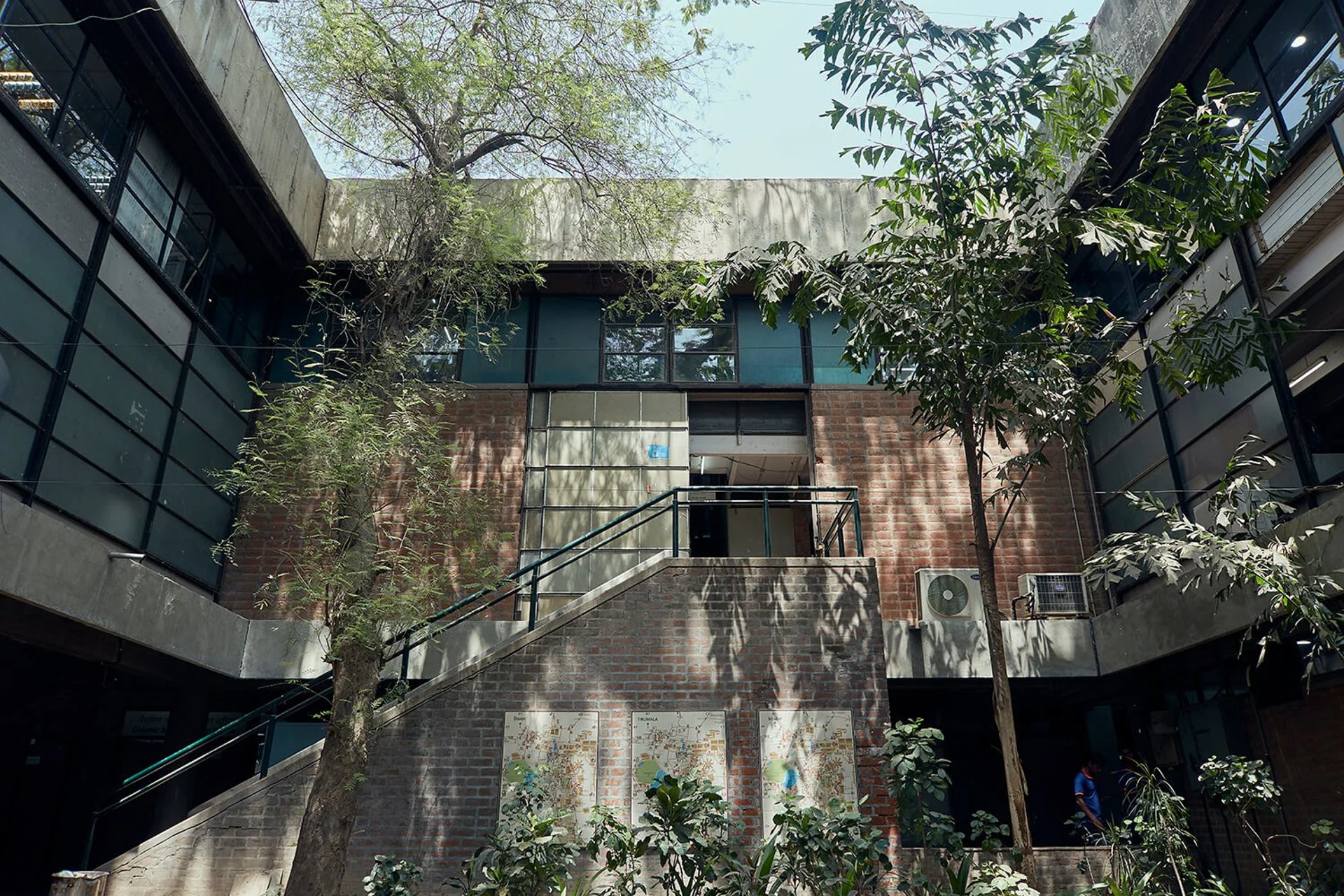
The coaching helped me excel in my entrance exams for prestigious design colleges. Highly recommend!
Aditi Sharma

I gained confidence and skills for NID and NIFT exams through their excellent coaching methods.
Rahul Verma






